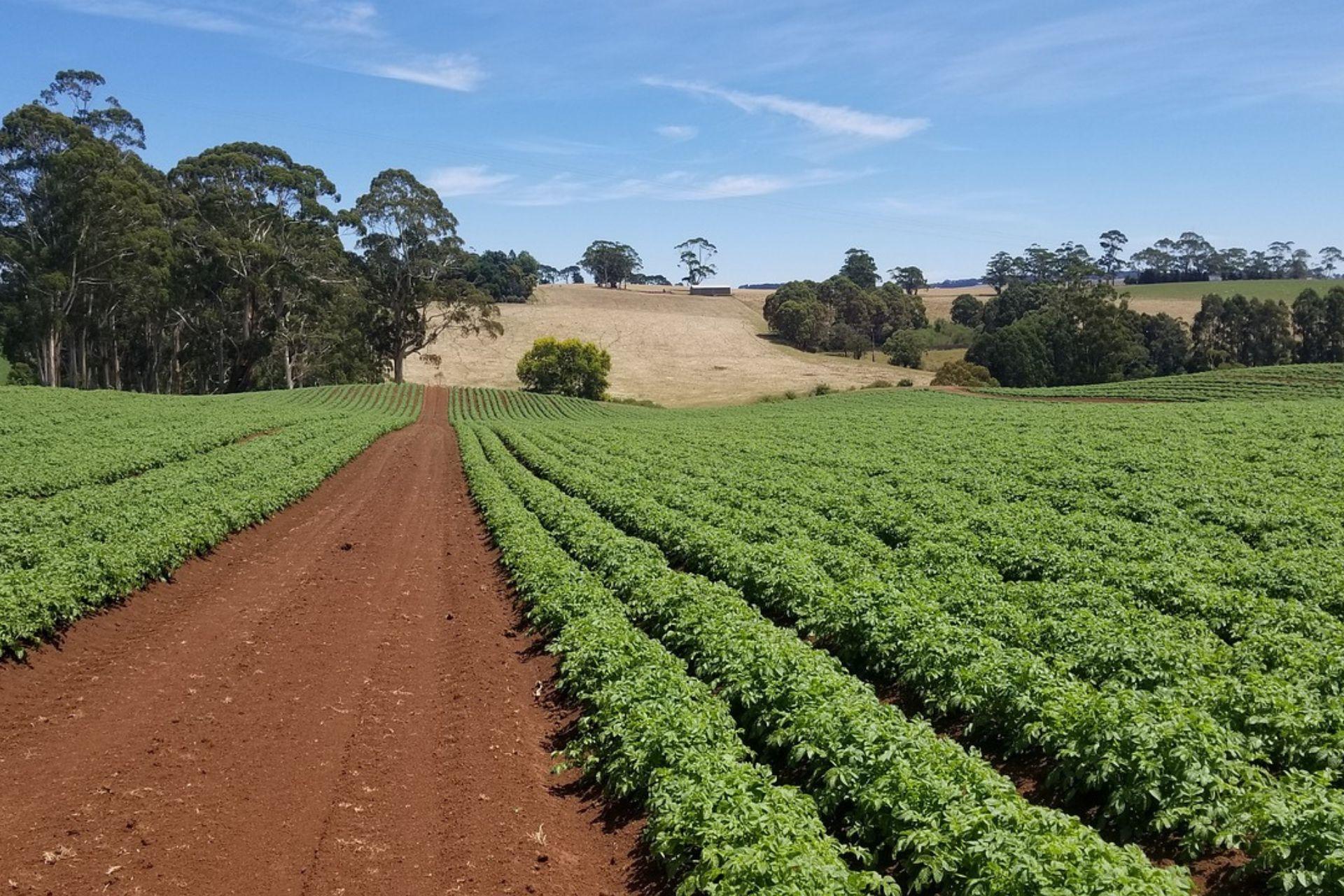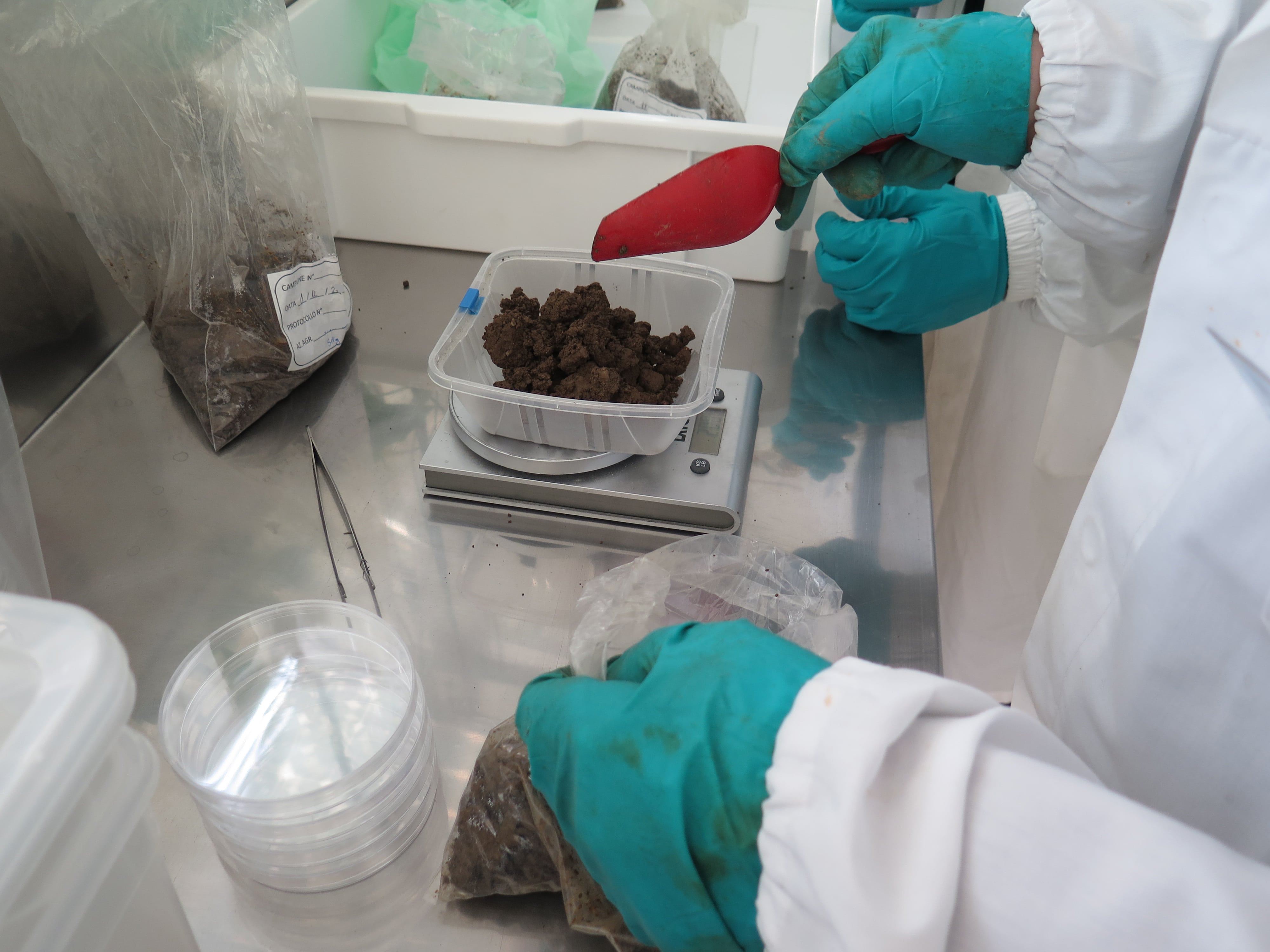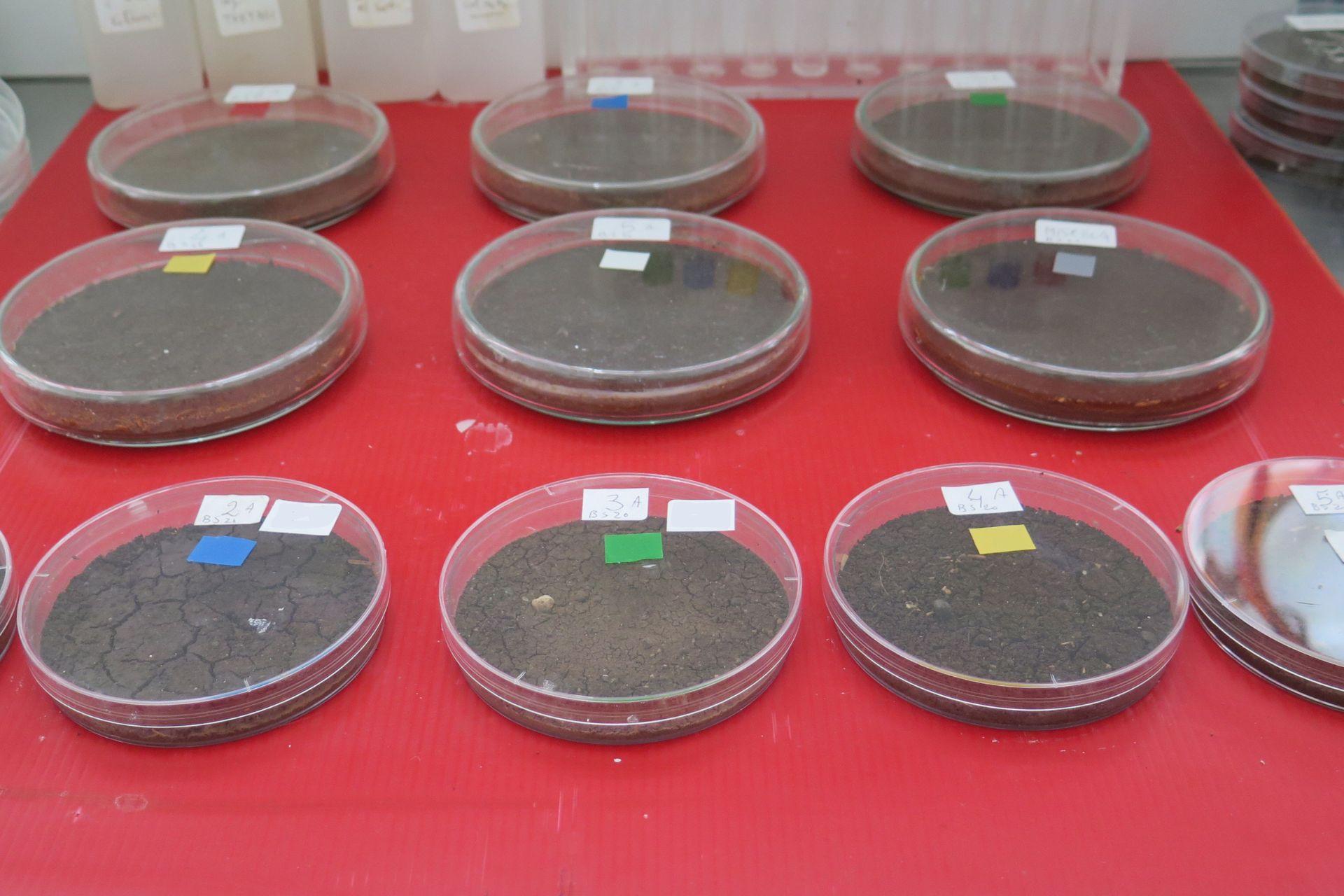
Agricultural soil: how to increase organic substance
Organic substance (O.S.) content is an important indicator of agricultural soil quality as it correlates with numerous aspects of productivity, but also with the sustainability of agro-ecosystems and environmental conservation. In essence, this is what the writings of 20th century experts on soil fertility cite.
Yet, I wonder how many farmers in a hypothetical interview would be able to explain how sustainable their farm is. I believe that the concept of sustainability is associated by most people with a bunch of useless statements, by few with respect for the environment. It is the economic sphere that mainly drives people to switch to organic farming, even though the farmer knows that soil use leads to the loss of organic substance and that soil without fertility is sterile and no longer guarantees the conditions for plant species to thrive. For the same reason, there is little attention paid to ecological and agronomic indications concerning the agricultural production system, which is why it is good to emphasise some useful concepts.
How to increase soil fertility?
Soil functionality in agriculture is always associated with the percentage of organic substance, so much so that farmers often ask themselves how to increase it. And here we enter the jungle of fertilisation, starting with manure, up to the administration of various chemical compounds that are more or less useful for plant development, and on to humic and fulvic acids in the hope of replenishing the natural degradation of organic matter. Unfortunately, the processes that affect agricultural soil are linked to a thousand variables and the risk is to spend money on messing up.
One should bear in mind that, according to studies by the AXS M31 research centre:
- The fertility of the soil is determined by its quality and not simply by the percentage of organic substance.
- Magnetic properties determine physical, chemical and biological properties and thus soil quality. By entering the animal and human food chain via plants, they affect the quality of the food production process.
- Crop rotation provides effective aid in the utilisation of organic substance by micro-organisms, but the biochemical processes regulated by the activity of microbial biomass depend on the 'load-unload' capacity of the soil energy, i.e. the magnetic property of the soil.
- The production of organic substance in the soil is mainly regulated by a continuous process of transformation from inorganic to organic, i.e. by the formation of virgin microorganisms.
Plants do not know mathematical formulas, nor do they know the stable isotopes of carbon, yet they either grow well or they do not grow well.

The loss of soil organic substance
The national average of the organic substance content of Italian agricultural soils is reported to be around 1.5 per cent. To those who wonder how the deficiency of a tiny part can affect soil structure, influence crop balances and the quality of production yields (although there is not always a direct correlation between organic matter content and productivity), we ask: how many years has it been cultivated on the same land?
It is no coincidence that the soil is tired. The next step will be the soil is unproductive. Finally, the soil is sterile. This is a process of degradation, accelerated by global pollution, which ultimately burdens agricultural production and the environment. In fact, it must be considered that the loss of organic matter from the soil results in an increase in atmospheric CO2 and that the soil absorbs and emits greenhouse gases (CO2, N2O, CH4, etc.) thus favouring global warming and establishing a vicious circle that puts climate change out of control.
As always, there is much talk, but nothing concrete is done, despite the seriousness of the situation. Round tables, workshops, webinars on the goals of sustainable development; the usual litany on cultivation methods is unacceptable; some inevitable lunge on the economic aspect of per capita costs related to the reduction of organic matter: this is what is done, or rather, not done, because the system (be it political, economic, scientific or other) has nothing concrete in hand except the per capita stink of organic substance recovery.
Organic substance management
Between soil scientists, microbiologists, climatologists, agronomists and experts in environmental restoration systems, agriculture has become a rebus. Especially from an operational point of view, it is becoming increasingly difficult for the farmer to cultivate, but also to obtain agricultural products that satisfy the consumer.
In soil management, organic substance richness is a key sustainability issue as it is dynamic and sensitive. An extreme weather event or a change in cultivation practices can affect soil balances, organic matter quality and the content of organic carbon available for soil microbial biomass. An example of this is the operation of manuring by the addition of pure slurry, which is unfortunately often solicited by agronomists themselves.
The same applies to the inoculation of micro-organisms with the intention of enhancing the biological fertility of the soil, which instead can prove to be very dangerous. In time, after an apparent improvement, it turns out to be a further source of imbalance because it is not a natural process, but a forced one that then becomes uncontrollable.
The conditions for the triggering of life in Nature occur with the transition from the inorganic to the organic. This is why we have defined 'virgins' as the micro-organisms that arise from this transformation, the only ones capable of creating and maintaining equilibrium. On the other hand, everything that happens downstream (micro-organisms from laboratory cultures, whether synthetic or natural) is a source of pathogen inoculation and alteration of the balances necessary for biodiversity and soil productivity.

How to prevent soil fertility loss: solutions
The nutrition and respiration of soil microbial populations are influenced by the type of treatment applied or the type of agricultural practice used. Evidence of this is the 'tillage sole', i.e. that phenomenon of soil compaction, well known to farmers, due to the compression of agricultural machinery; a barrier to the movement of water, air and the development of roots, exacerbated by the layer of hydrocarbons immobilised in the soil, from direct sources of agricultural pollution (chemicals used, use of sludge from sewage treatment plants, pumps placed inside wells, microplastics, fuels for handling, etc.) and atmospheric pollution brought to the soil by rain.
In assessing the magnetic fertility of the soil and thus the energy loading and unloading reaction, it is basic to consider how the increase in induced radioactivity alters the oscillation of the magnetic field necessary for microorganic life.
Going back into the history of science, this was revealed by the biomolecular subnuclear magnetic analysis of researcher A. Mendini. And in response to how to prevent soil fertility loss, but also how to replenish it, are BioAksxter® formulations with their magnetic flux programme that act on all vital processes, regenerating and restoring degraded and unproductive soils, and even infertile soils, in a relatively short time.
